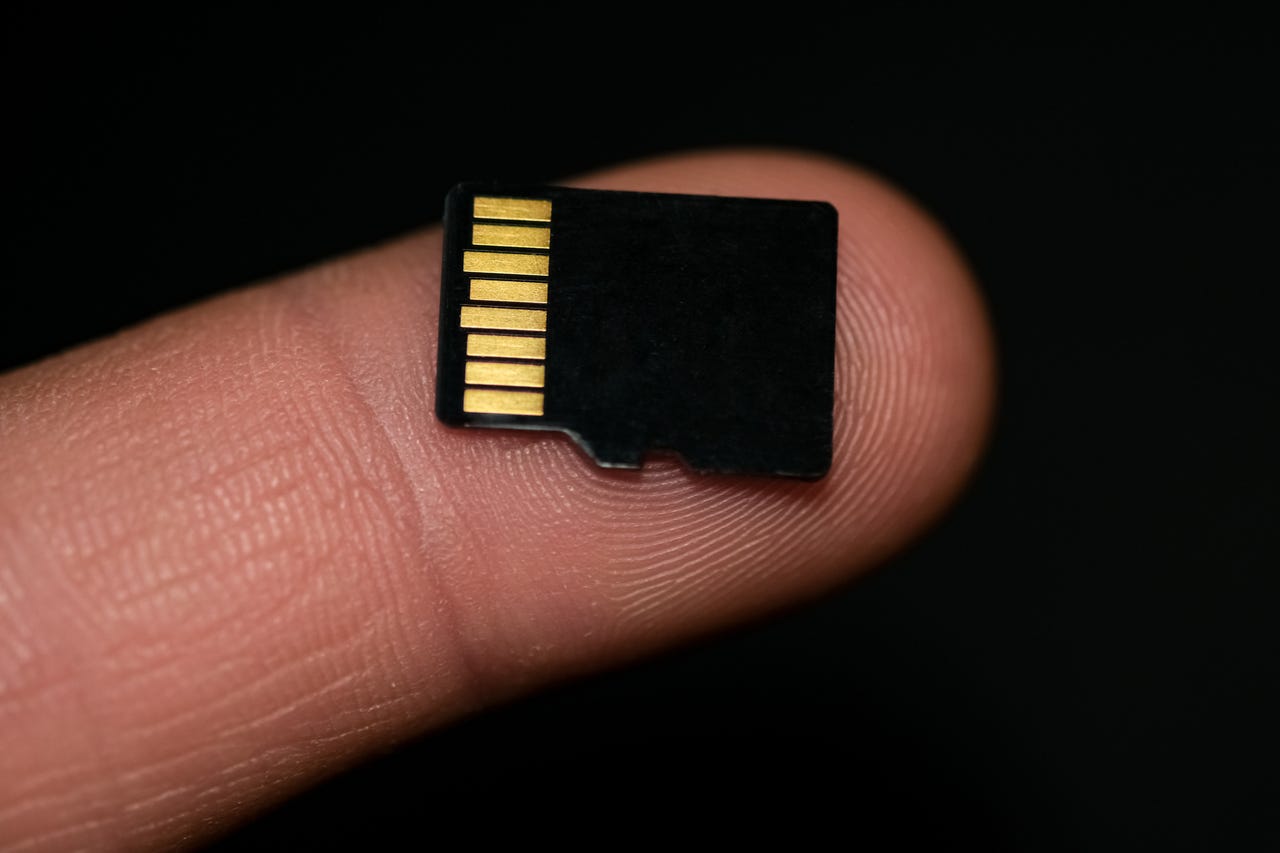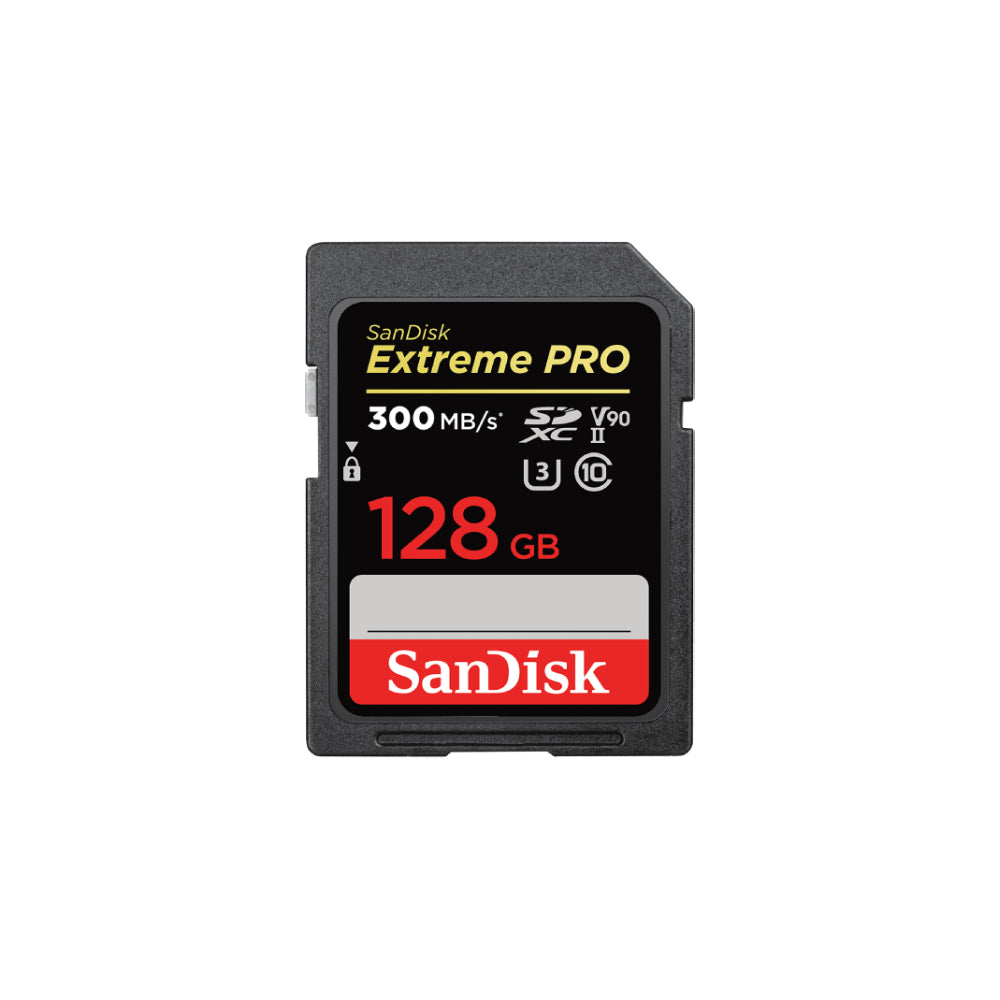
Photo by OpenClipart-Vectors on Pixabay
## Introduction to Hard Drive Data Recovery on a Mac
We live in an era where digital data holds immense worth. Files that are stored on our devices, particularly on hard drives, carry significant value – whether they are precious family photos, crucial business documents, or years of academic research. These files represent hours of work, irreplaceable memories, and invaluable data. But what happens when these files get lost or accidentally deleted? Hard drive data recovery on a Mac comes into play.
Understanding the process of hard drive data recovery on a Mac is essential for anyone who uses these devices. It’s not just for techies or IT professionals; it’s knowledge that can prove useful for students, business owners, researchers, or anyone who relies on their Mac for storing important files. The process may seem daunting initially, but with the right strategies and tools, you can recover your lost files.
This article aims to guide you through the steps involved in hard drive data recovery on a Mac. We’ll cover why data recovery is important, the common causes of data loss, and the essential steps to recover your files. We will round up with some tips and best practices to prevent data loss in the future.
Why Hard Drive Data Recovery is Important
Data recovery is a process that involves retrieving lost, inaccessible, corrupted, or formatted data from secondary storage, removable media, or files when the data stored in them cannot be accessed in a normal way. The need for data recovery can arise due to physical damage to the storage devices or logical damage to the file system that prevents them from being mounted by the host operating system.
Data loss can occur in any form, and the consequences can be severe. For businesses, this could mean loss of crucial financial information, customer data, or project details leading to financial losses and reputational damage. For individuals, it could mean loss of precious memories in the form of photos and videos, important documents, or creative content. That’s why hard drive data recovery is so important. It allows you to retrieve these lost files and protect yourself from these potential losses.
Furthermore, hard drive data recovery is crucial because data loss is often unpredictable. It can occur due to various reasons, including accidental deletion, virus attacks, or hardware failures. By understanding the importance of data recovery and equipping yourself with the necessary knowledge and tools, you are prepared to handle such situations and minimize the impact of data loss.
Common Causes of Data Loss on a Mac
Data loss on a Mac can occur due to several reasons. One of the most common causes is accidental deletion. We’ve all been there – a slip of the mouse, a momentary lapse in concentration, and important files are sent to the trash. Sometimes, we might even empty the trash without realizing that a crucial file was in there.
Another common cause of data loss is hardware failure. Hard drives, like all electronic equipment, have a limited lifespan and can fail due to age, overuse, or manufacturing defects. Power surges or abrupt shutdown of the system can also cause damage to the hard drive, resulting in data loss.
Malware and viruses are other significant causes of data loss. Despite Mac’s renowned security features, they are not completely immune to malware attacks. Certain viruses can corrupt files or make them inaccessible. In some cases, upgrading the operating system or software applications can also lead to data loss if not performed correctly.
Essential Steps in Hard Drive Data Recovery
The first step in hard drive data recovery is to stop using the drive immediately after you notice the data loss. This is crucial because when files are deleted, they are not immediately removed from the hard drive. Instead, the space they occupy is marked as available, and new data can overwrite it. By continuing to use the drive, you risk overwriting the deleted files, making recovery more difficult.
Next, you need to identify the cause of data loss. As we discussed earlier, data loss can occur due to various reasons – from accidental deletion to hardware failure. Identifying the cause can help you choose the most appropriate recovery method.
The third step involves choosing the right recovery method. There are several ways to recover lost data on a Mac – using built-in tools, third-party software, or professional recovery services. The choice depends on the severity of data loss, the type of files lost, and your technical expertise.
Proven Strategies for Hard Drive Data Recovery
There are multiple strategies you can employ to recover your lost data. One of the simplest methods is to check the Trash Bin. When files are deleted, they are typically moved to the Trash Bin and can be easily restored. Another strategy is to use Time Machine, a built-in backup feature on Mac that allows you to restore files from a previous state.
Another effective strategy is to use third-party data recovery software. These tools can scan your hard drive for deleted files and recover them. Some of these tools can also recover data from damaged or corrupted hard drives.
In extreme cases, where the hard drive is physically damaged, or the data loss is severe, professional data recovery services may be necessary. These services have specialized tools and cleanroom facilities to recover data from physically damaged drives.
How to Recover Files on a Mac Using Built-in Tools
Mac’s built-in tools like Trash Bin and Time Machine can be handy in recovering lost files. When you delete a file, it is moved to the Trash Bin, where it remains until the bin is emptied. To recover a file from the Trash Bin, simply open it, find the file, right-click, and select ‘Put Back’.
Time Machine is a more powerful tool that allows you to restore your Mac to a previous state. It requires an external storage device to create regular backups of your Mac. If you have been using Time Machine, you can recover lost files by selecting ‘Enter Time Machine’ from the Time Machine menu, finding the file or folder in question, and clicking ‘Restore’.
Third-Party Software for Data Recovery on a Mac
There are several third-party software options for data recovery on a Mac. These tools offer advanced recovery features and can recover a wide range of file types. They can be particularly useful if the built-in recovery options fail or if the data loss is due to reasons like hard drive corruption or formatting.
One such tool is RecoveryMaster, a powerful data recovery software for both Windows and Mac. It can recover lost or deleted photos, videos, and over 1000+ other file types from various devices like HDD, USB, SD Card, and crashed computers. It features an easy-to-use interface, high recovery rates, and supports all common file systems.
Professional Services for Hard Drive Data Recovery
In some cases, particularly when the hard drive is physically damaged, professional data recovery services may be the best option. These services have specialized tools and cleanroom facilities to recover data from physically damaged drives. They also have experts who can deal with complex data loss scenarios.
However, professional services can be expensive, and there’s no guarantee of data recovery. It’s also important to consider data privacy because you’ll be handing over your hard drive to the service provider. Therefore, professional data recovery should be considered as a last resort, after exhausting all other recovery options.
Preventing Data Loss: Tips and Best Practices
While it’s good to know how to recover lost data, prevention is always better than cure. Regularly backing up your data is the most effective way to prevent data loss. Mac’s built-in tool, Time Machine, can automate this process for you.
Regularly updating your software can also help prevent data loss. Updates often include patches for security vulnerabilities that could be exploited by malware. Other tips include using a good antivirus program, avoiding suspicious emails or websites, and using surge protectors to protect your hardware from power surges.
Conclusion and Final Thoughts on Hard Drive Data Recovery
Data loss is a common problem that can cause significant stress and potential loss. However, with an understanding of the causes of data loss and the right recovery strategies, you can mitigate the impact of data loss. Remember, the best defense against data loss is regular backups and good data handling practices.
In cases where data loss does occur, tools like RecoveryMaster can be lifesavers. With its easy-to-use interface and powerful recovery features, it’s an excellent tool for anyone looking to recover lost files on a Mac. So, why wait until disaster strikes? Prepare yourself now and secure your important files with RecoveryMaster.




Leave a Reply